The Azores is an archipelago composed of nine volcanic islands in the North Atlantic Ocean. Sounds a little dark and mysterious, doesn’t it? Wait ’till you see their clothes.
The Azorean Hood (in Portuguese, ‘Capote e Capelo’) is a traditional local garment worn up until the 1930s. The large cape covers a woman’s figure, allowing only a glimpse of her face.
Nobody knows the true origin of the hood, but there are some who think it was brought by Flemish settlers. During the 15th and 16th centuries, Flemish, Genovese, British and French joined the people of Portugal mainland to settle in the Azores islands.
(h/t vintageeveryday)


According to Joana Avila, the Azorean hood was passed down from mothers to daughters and embedded two economic activities, also brought to the islands by the settlers. “It was dyed a rich blue hue from woad and it was shaped with whale bones,” she wrote on European Heritage Days.
The export of the dye plant became one of the pillars of the Azorean economy. In the 16th and 17th centuries, woad was shipped to dyeing works in faraway Flanders.
Whaling also had a central role in the economy of the islands. The first documentary reference to the capture of whales in the waters of the Azores dates back to the 16th century and the presence of English whalers was documented in the 18th century.
Interestingly, in the 1980s the Azores converted from a whaling industry to a whale-watching one. “Although resistant at first, research indicates that local inhabitants are satisfied with the income that whale watching generates for them and their families and that they feel safer in this new activity,” Avila said.
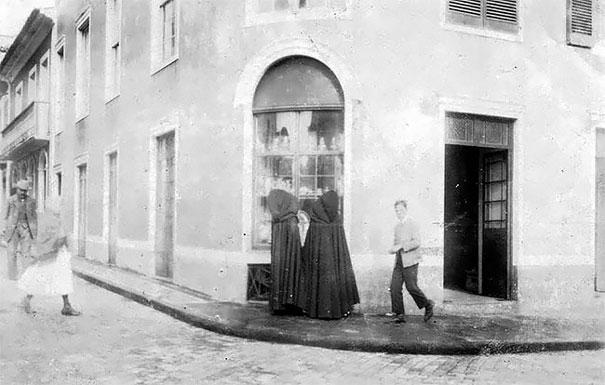
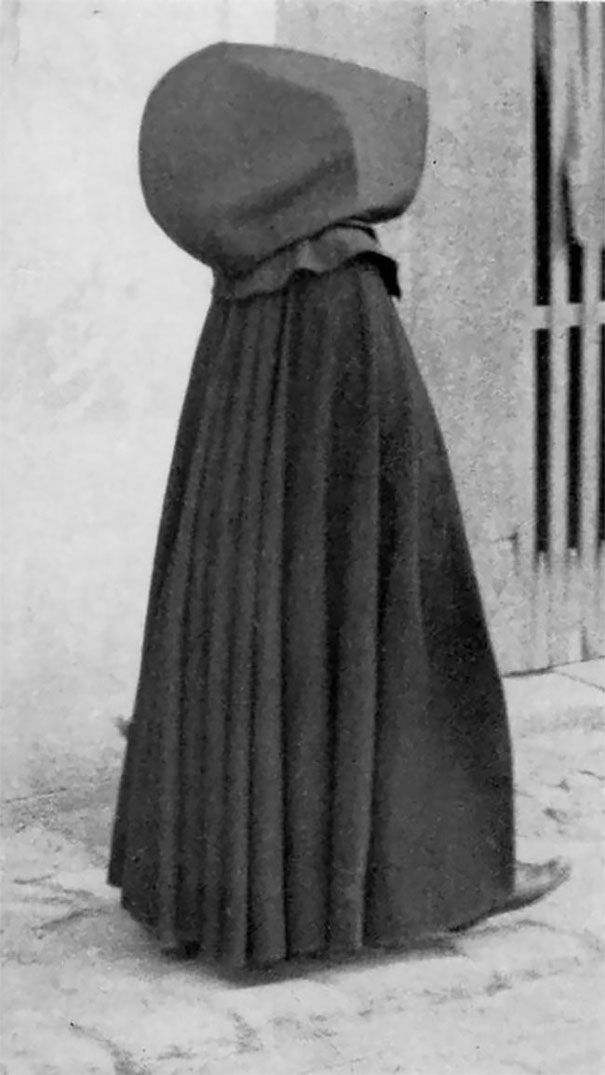

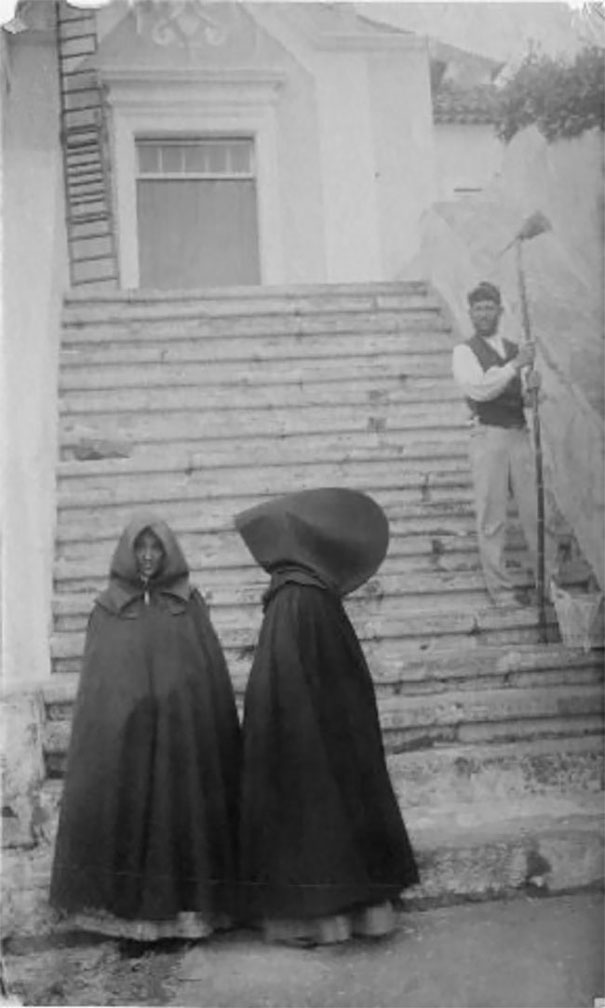
The hood itself varied from island to island in the cut of the cape and the arrangement of the cowl. Faial, for example, had the extravagant shape of a wedge resting on the shoulders and which jutted out in front for over a palm.
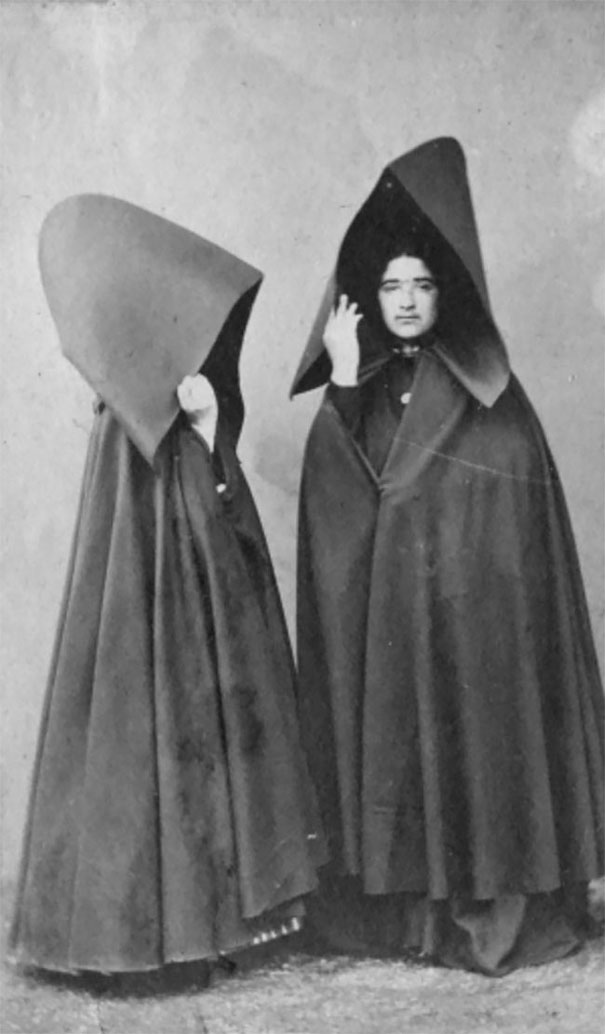
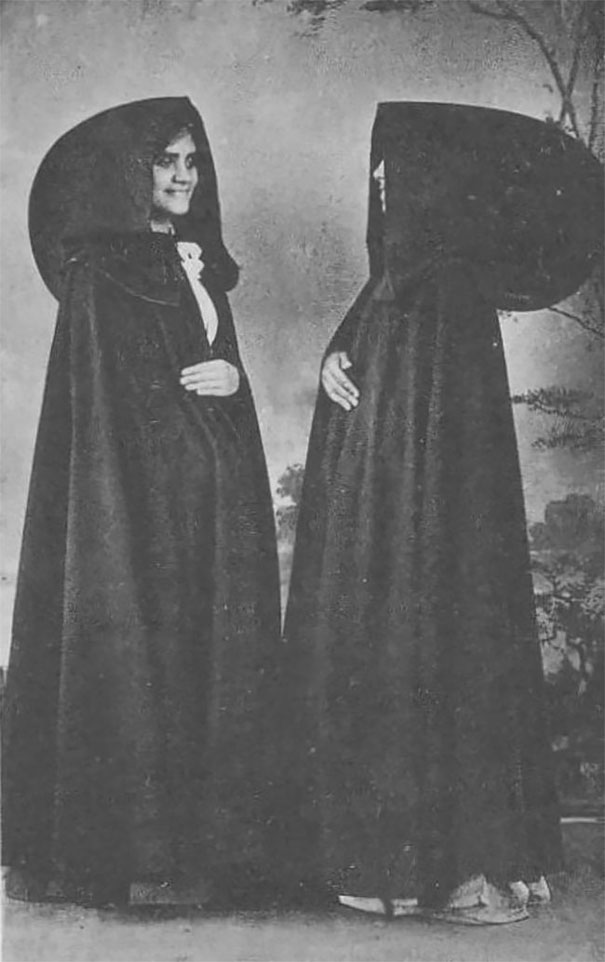
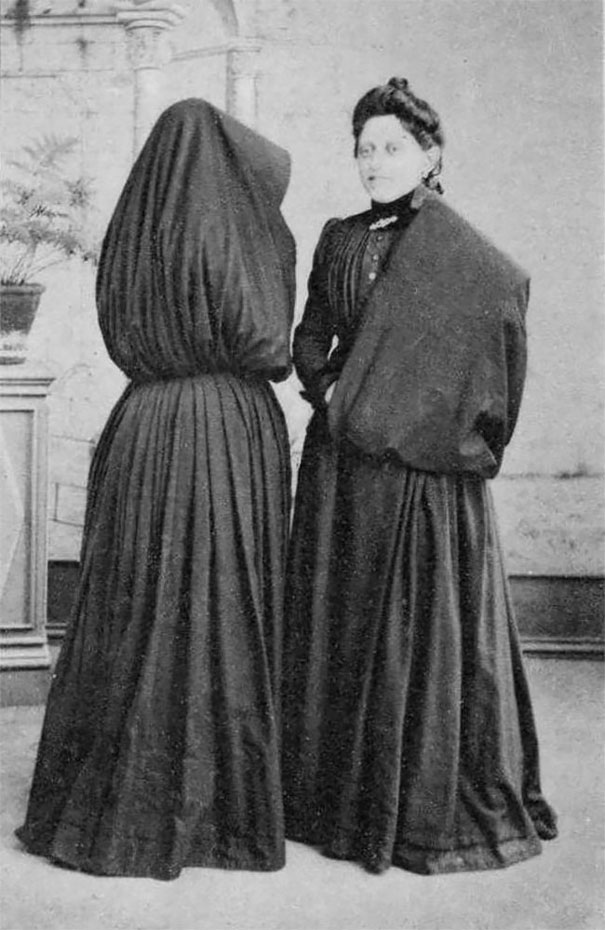
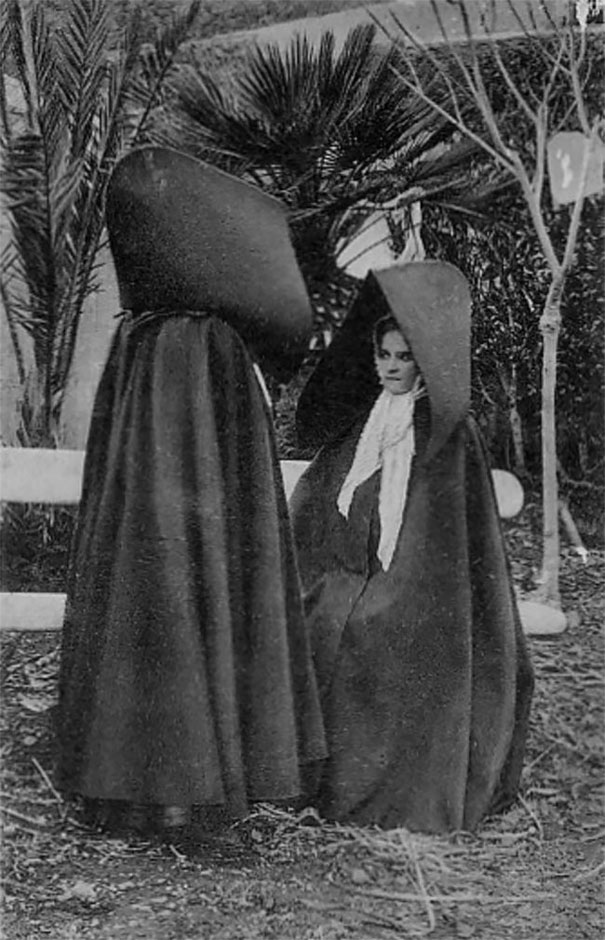
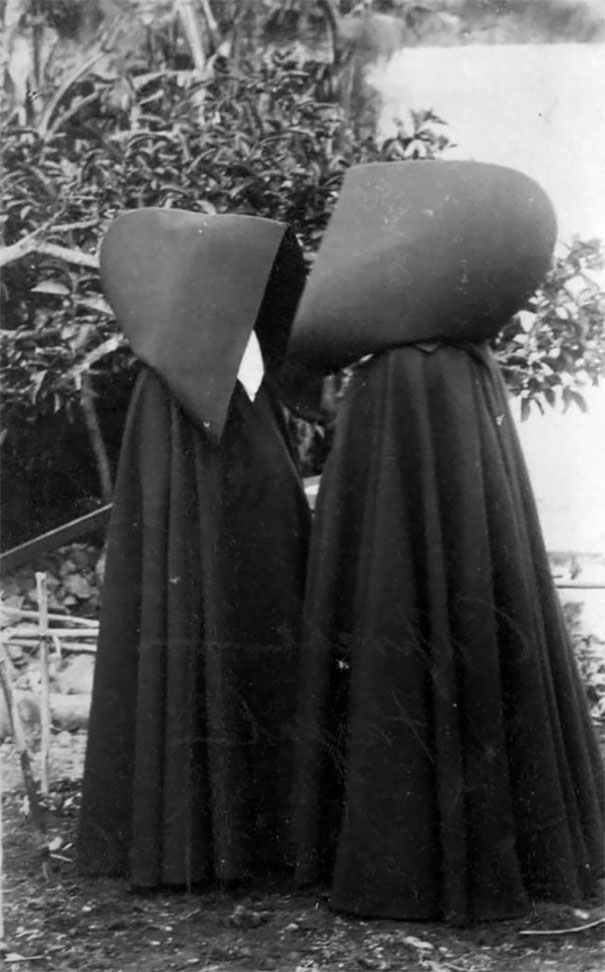
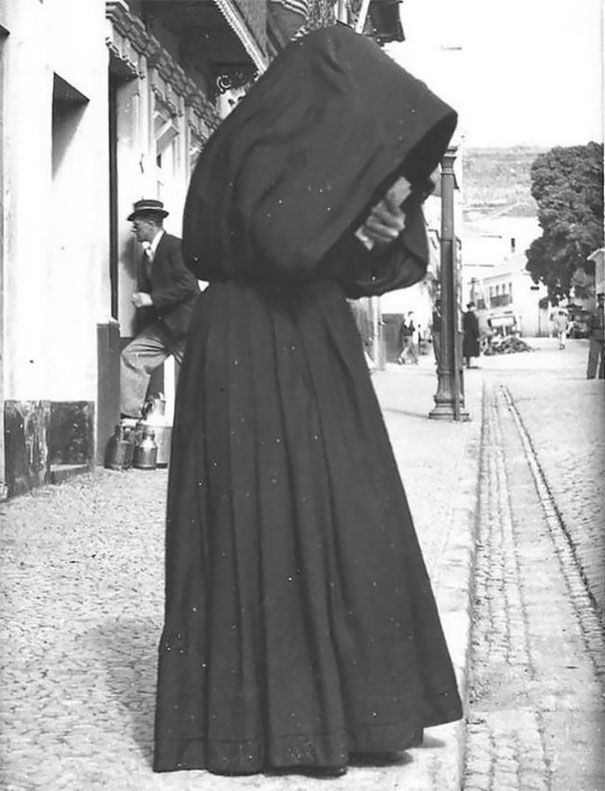
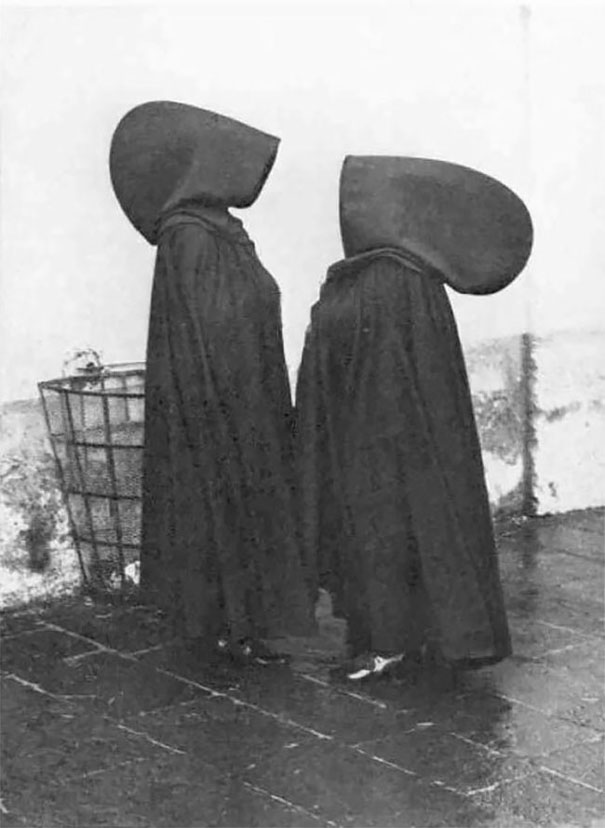
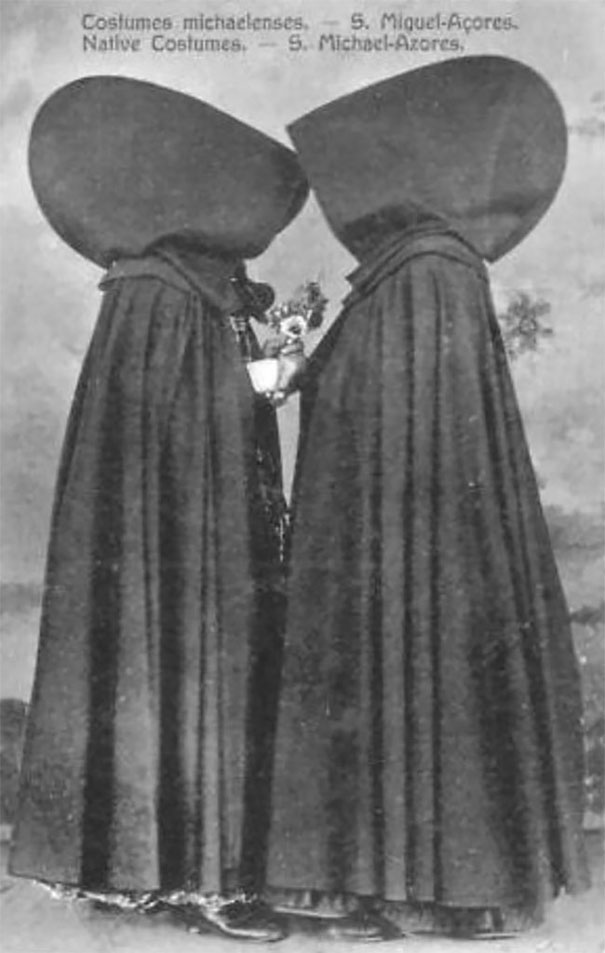
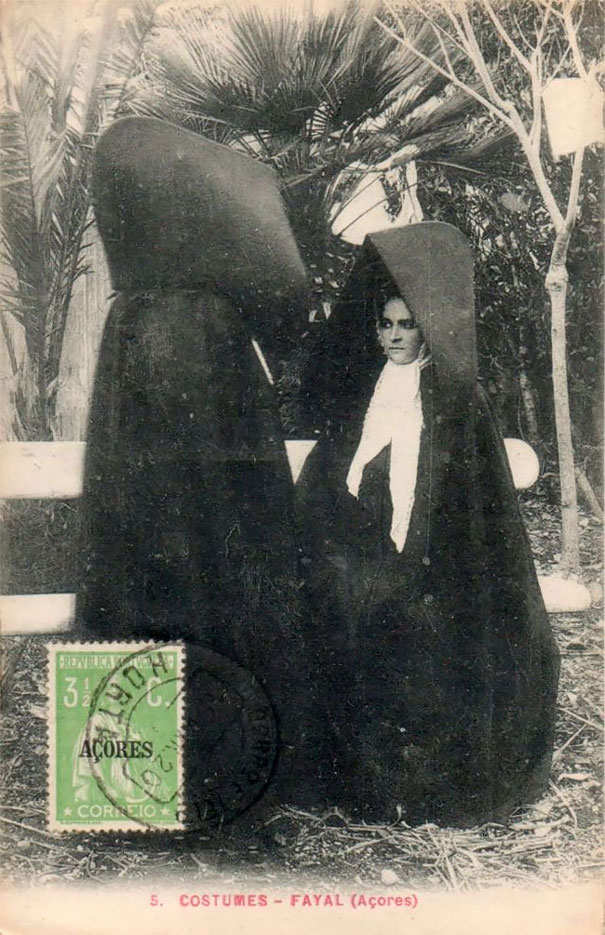
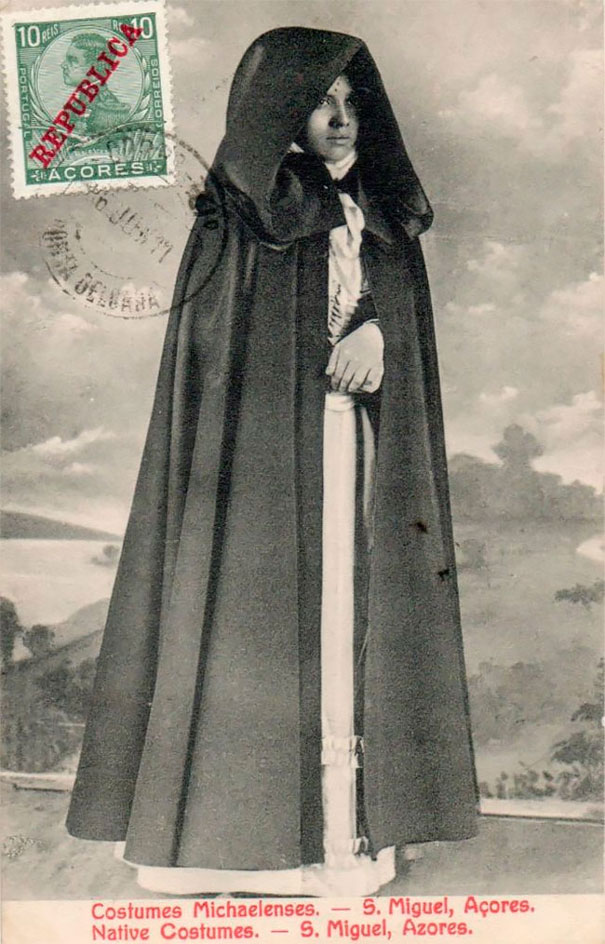
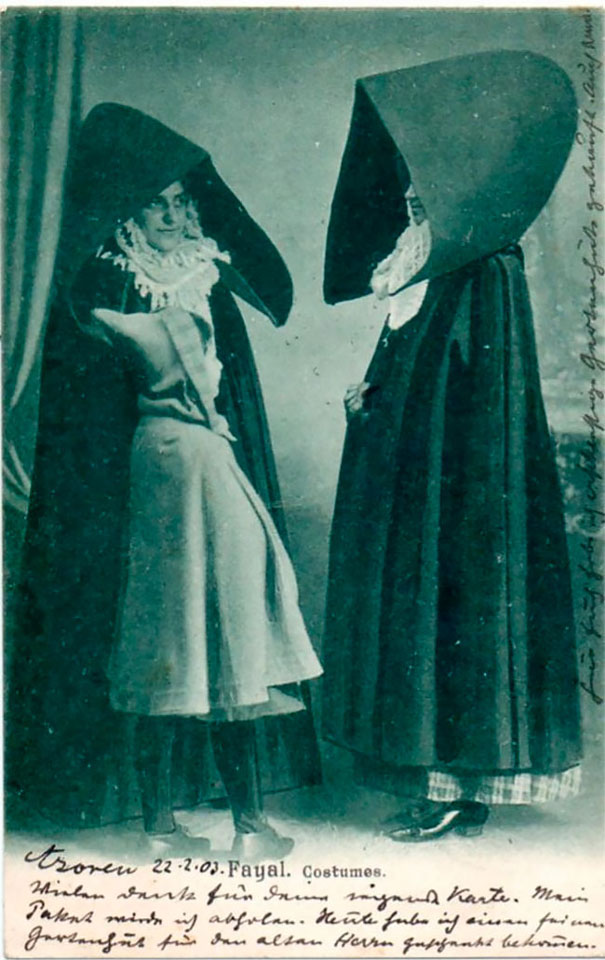
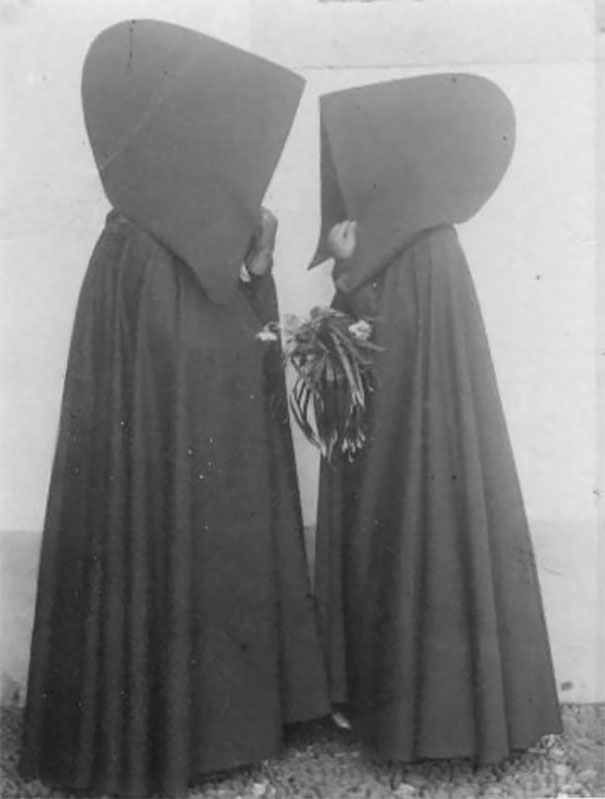
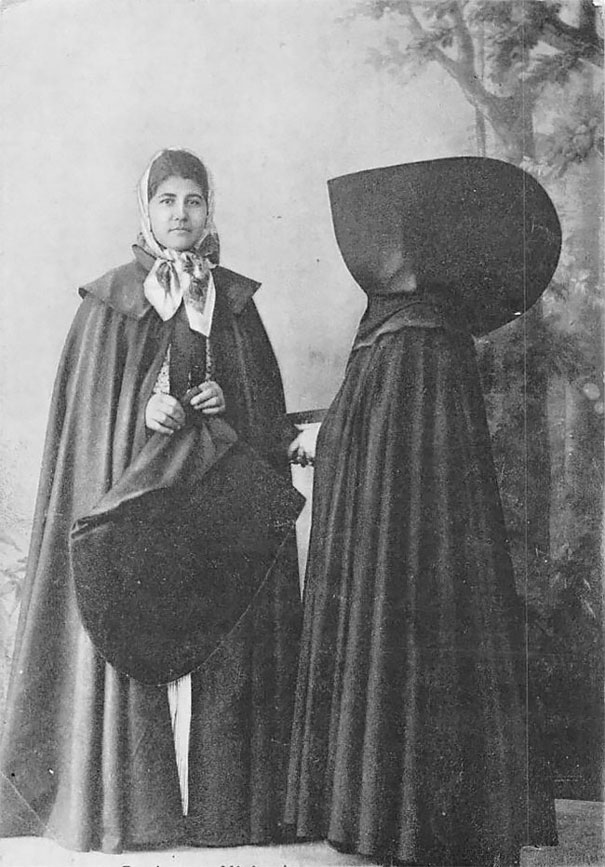
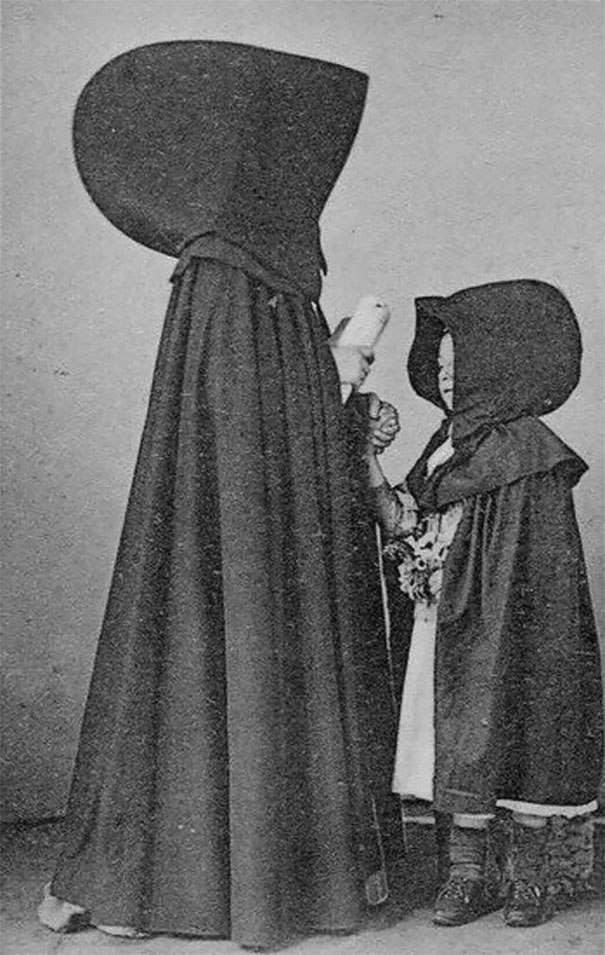
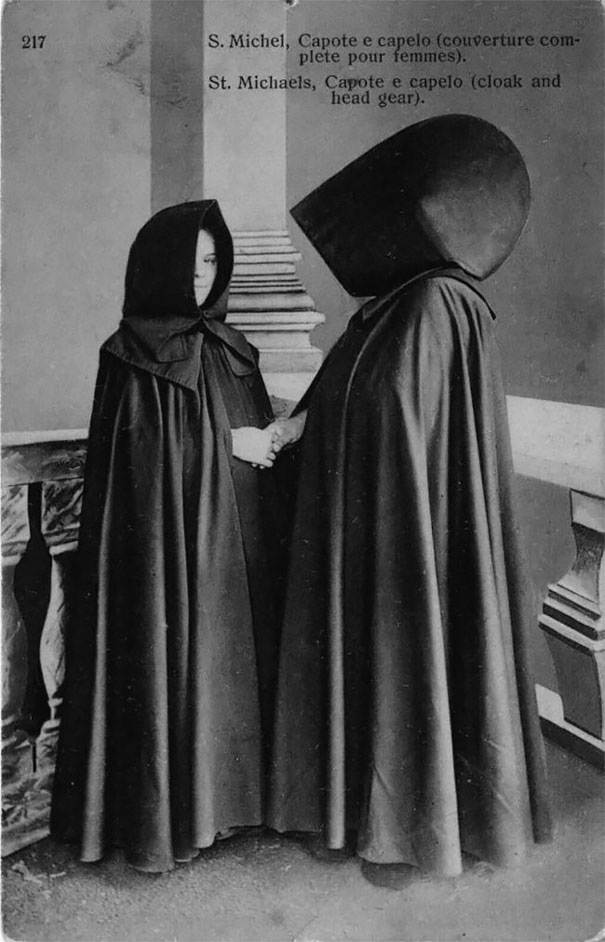

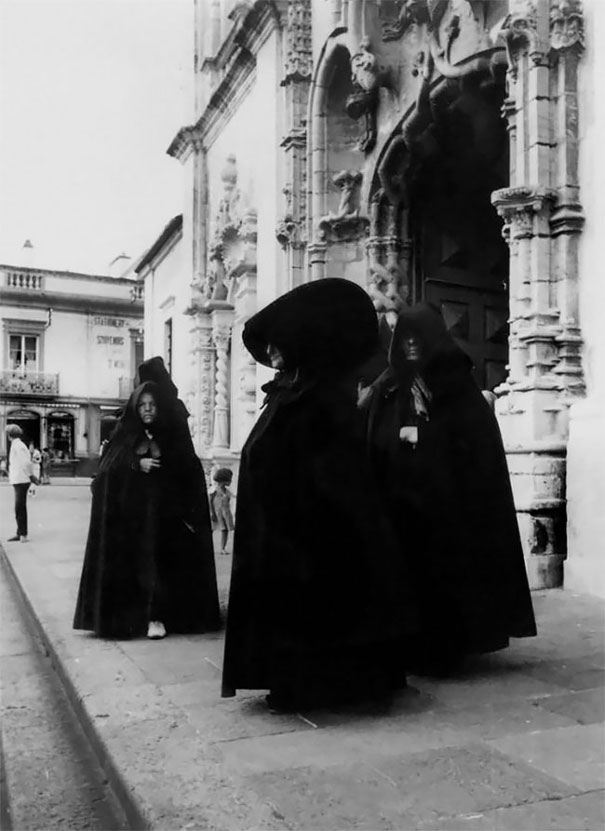
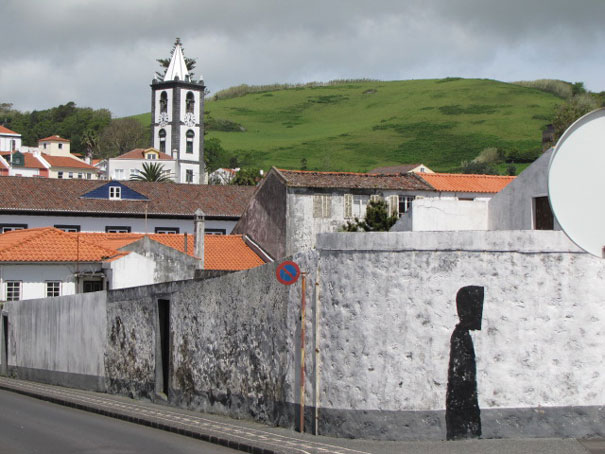
Image credits: millenniumdragon
Some think that the Azorean Hood inspired costumes for the TV series The Handmaid’s Tale

Image credits: HBO
Here’s what people said about it




from Bored Panda https://ift.tt/2sJ6LON
Comments
Post a Comment
thank you